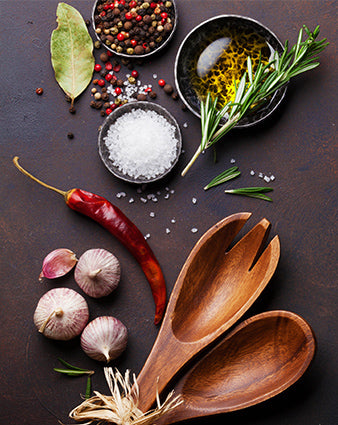From Fungi-to-Fork: The Shroom Boom 🍄
We’re embarking on a spore-filled adventure through the magical world of mushroom farming. From their mysterious underground beginnings to their delicious debut on your dinner plate, mushrooms offer a unique and rewarding journey.
Ready to get your hands dirty? Let’s dive in!
Step 1: Spores and Spawn 🦠
Spores: The Starting Point 
Mushrooms begin their life cycle from spores, which are similar to seeds but much tinier. Each mushroom can produce millions of spores, which are then used to grow mycelium, the vegetative part of the fungus.
Spawn: The Growing Medium
Spawn is essentially the mycelium grown on a substrate like grain or sawdust, which acts as a carrier for the mycelium. Think of it as the equivalent of seedlings in plant cultivation.
Step 2: Preparing the Substrate 🚜
Substrate Selection
The substrate is the nutrient-rich material on which mushrooms grow. Different types of mushrooms prefer different substrates:
- Oyster Mushrooms: Straw, cardboard, or coffee grounds.
- Shiitake Mushrooms: Hardwood sawdust or logs.
- Button Mushrooms: Composted manure.
Sterilisation
Sterilizing the substrate is crucial to eliminate any competing microorganisms. This can be done through pasteurization (heating the substrate to kill unwanted organisms) or using chemical sterilizers.
Step 3: Inoculation 🌱 
Inoculation is the process of introducing the spawn into the prepared substrate. Depending on the type of mushroom, this can be done in several ways:
- Grain Spawn: Mixed thoroughly with sterilized grain or sawdust.
- Plug Spawn: Inserted into pre-drilled holes in logs, then sealed with wax.
Step 4: Incubation 💧
After inoculation, the substrate needs to be kept in optimal conditions for the mycelium to colonize it fully. This phase is called incubation and requires:
- Darkness: Mycelium thrives in the dark.
- Humidity: High humidity (around 80-90%) helps the mycelium spread.
- Temperature: Different mushrooms have different ideal temperature ranges, typically between 65-75°F (18-24°C).
Step 5: Fruiting 🍄
Once the substrate is fully colonized, it’s time to trigger fruiting, the stage where mushrooms actually appear. This involves:
- Introducing Fresh Air: Increased oxygen levels stimulate mushroom growth.
- Lowering Temperature: A slight drop in temperature can signal the mycelium to start fruiting.
- Maintaining Humidity: High humidity helps form healthy mushroom caps.
Step 6: Harvesting 👩🌾
Mushrooms grow rapidly, often doubling in size in just a day or two. Harvesting is done by gently twisting and pulling the mushrooms from the substrate or cutting them with a sharp knife at the base.
Mushroom Fun Facts 🤯
- Glow-in-the-Dark Mushrooms: Certain mushrooms like Panellus stipticus emit a soft glow in the dark due to bioluminescence.
- Medicinal Wonders: Varieties like reishi and shiitake have been used for centuries in traditional medicine for their health-boosting properties.
- Eco-Innovators: Researchers are exploring mushrooms for sustainable materials, including packaging and building materials.
Embark on Your Fungal Adventure
Mushroom farming is a fascinating blend of science and nature, offering a unique and rewarding experience.
From the mysterious mycelium network to the delectable dishes on your table, mushrooms connect us to the wonders of the natural world in a deliciously tangible way.







